Readers of a certain age might remember when every community in Aberdeen and beyond had a sub-post office and their regular posties.
Before the digital age we relied on letters and telegrams to communicate.
Even in the 1960s, few people had their own telephone at home, with many communities still relying on phone boxes.
It sounds nostalgic, but in those days the community effectively was the Post Office, the pub, the phone box, the parish church – and the people who used them.
Meanwhile children of the 1980s and ’90s might have a nostalgic view of the Post Office shaped by TV characters Postman Pat and Mrs Goggins.
Although the image of a village post office is a charming one, it was certainly not a twee job.
It was a vital service that many communities relied on, and often rural postmasters and mistresses found themselves in grave danger targeted by raiders.
In recent years, the Post Office hasn’t had the most favourable publicity after the Horizon scandal.
But we’ve taken a look back at the institution before technology tried – and as we now know, sometimes failed – to replace the familiar faces behind the counter.
Aberdeen’s post past dates back to 1700s
The Press and Journal ran a feature on Aberdeen’s General Post Office in 1968 as the service, which had changed little in a century, began to modernise.
In the late 1960s, 40,000,000 letters and 800,000 parcels were posted every weekday across Britain.
In Aberdeen district alone, posties were dealing with 300,000 letters daily, made easier with the introduction of postcodes to the city in 1967.
As well as the main Crown Street GPO, Aberdeen had countless sub post-offices, including the Castle Street branch – the largest in the north of Scotland.
Bernard Phillips was head postmaster at Aberdeen GPO then, and in his office was a nod to the city’s post past.
It was a plaque bearing the two flint pistols and blunderbuss gun carried on the Aberdeen-Inverness mail coach in the early 1800s.
Automation changed post office forever
But by 1968, the hand-sorting was soon to be as outdated as the old pistols, because new sorting machines had been installed at Aberdeen GPO.
This was just a sign of things to come.
Soon, conveyer belts, sorters, the increase of automation and the reduction of manpower would change the Post Office forever.
But, ultimately, it was the digital revolution, advent of e-mails and smart phones that would change the Post Office as we knew it.
Our archive photos celebrate a busy, bygone age for the Post Office and some of the friendly faces behind the scenes who kept our communities connected.
Gallery: Aberdeen post offices in days gone by
If you enjoyed this, you might like:
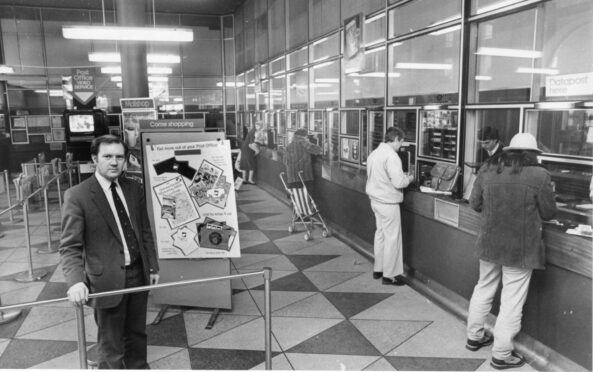
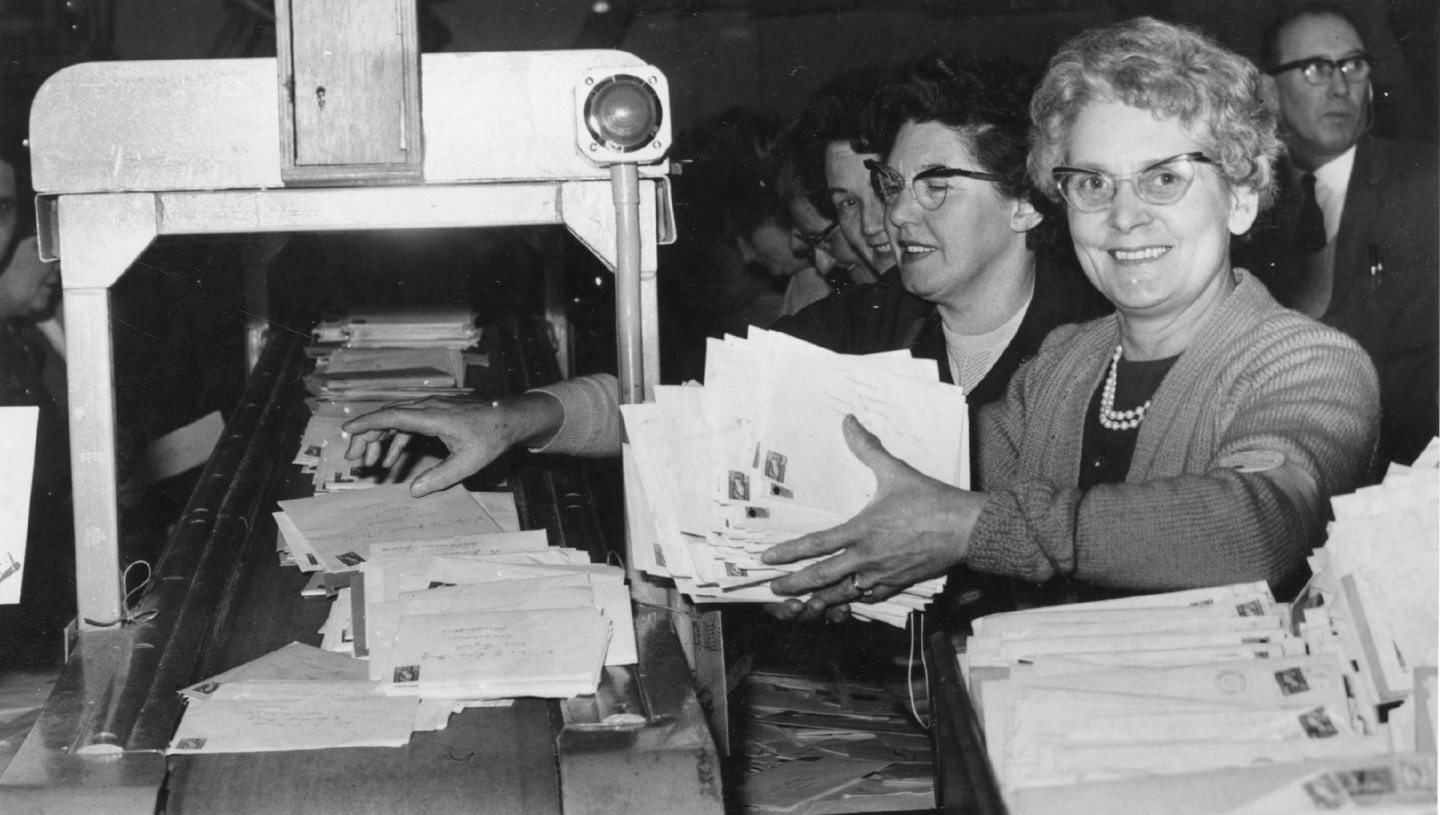
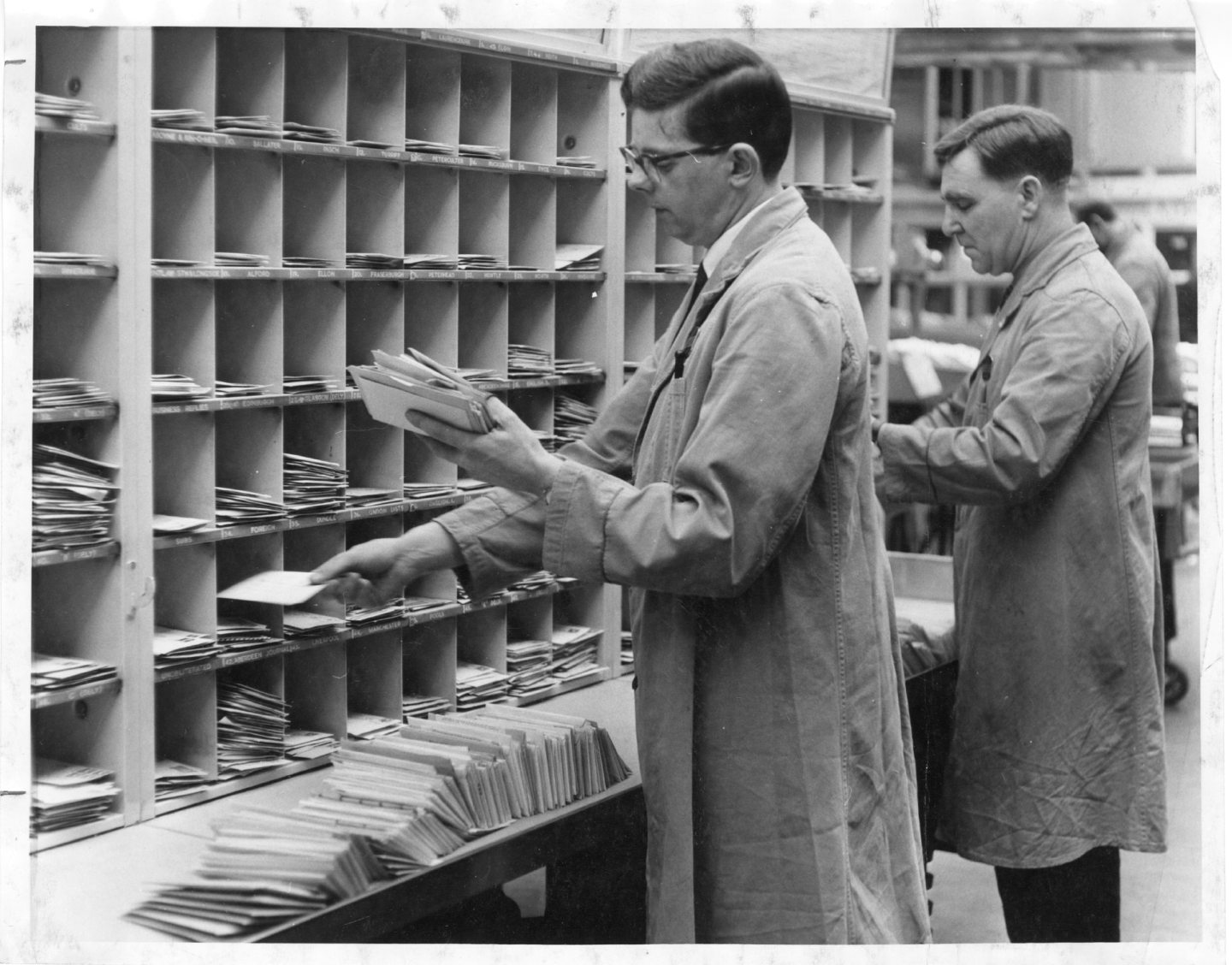
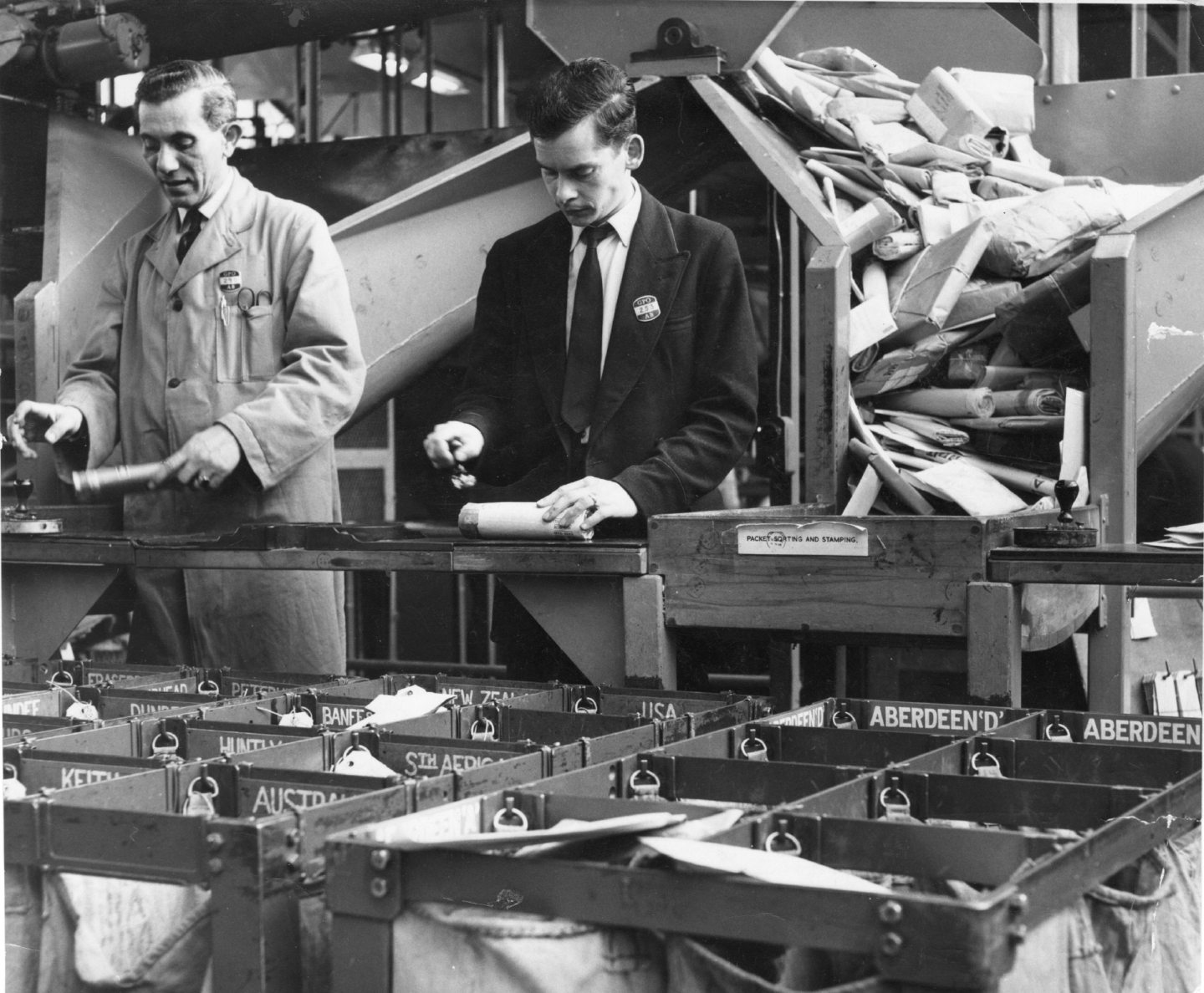
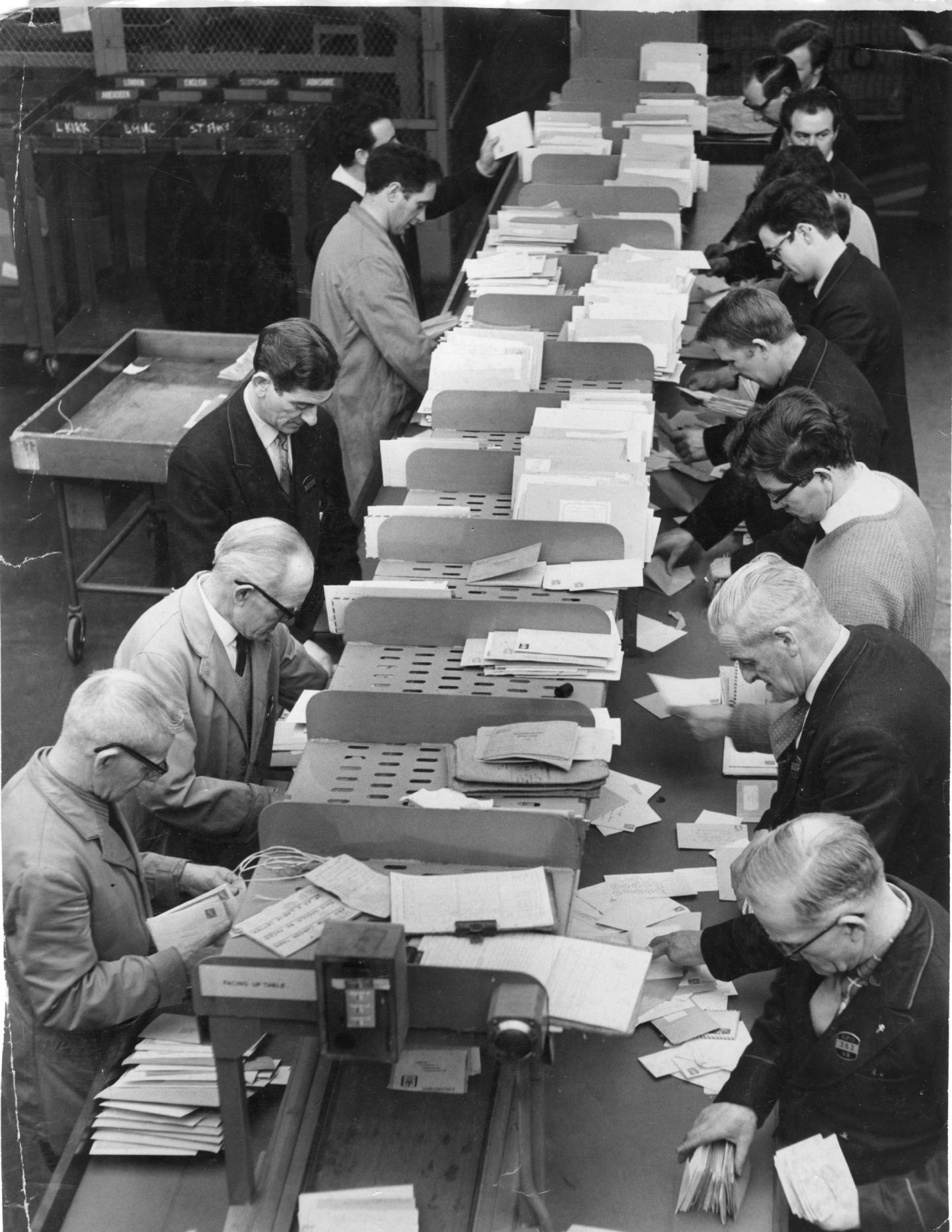
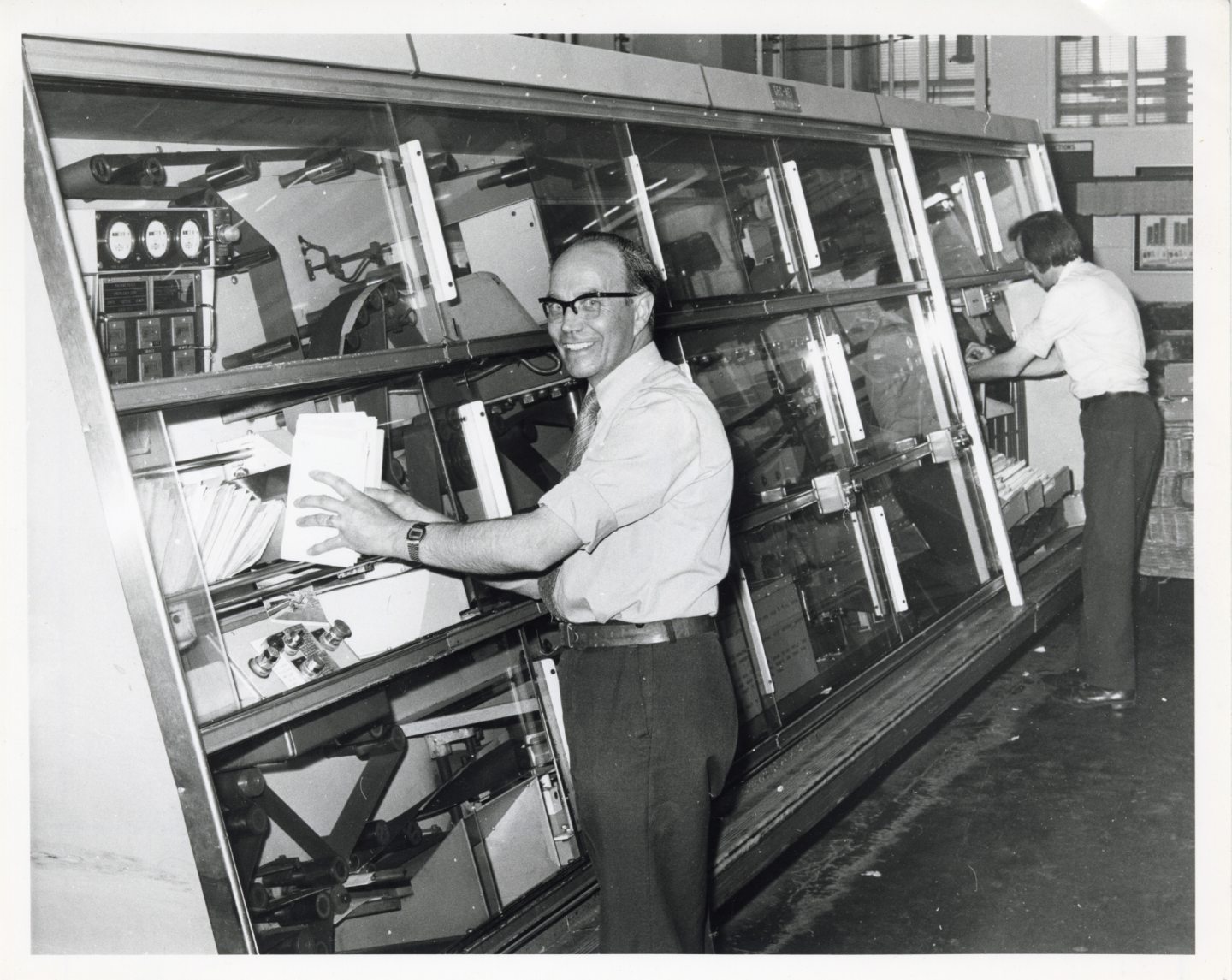
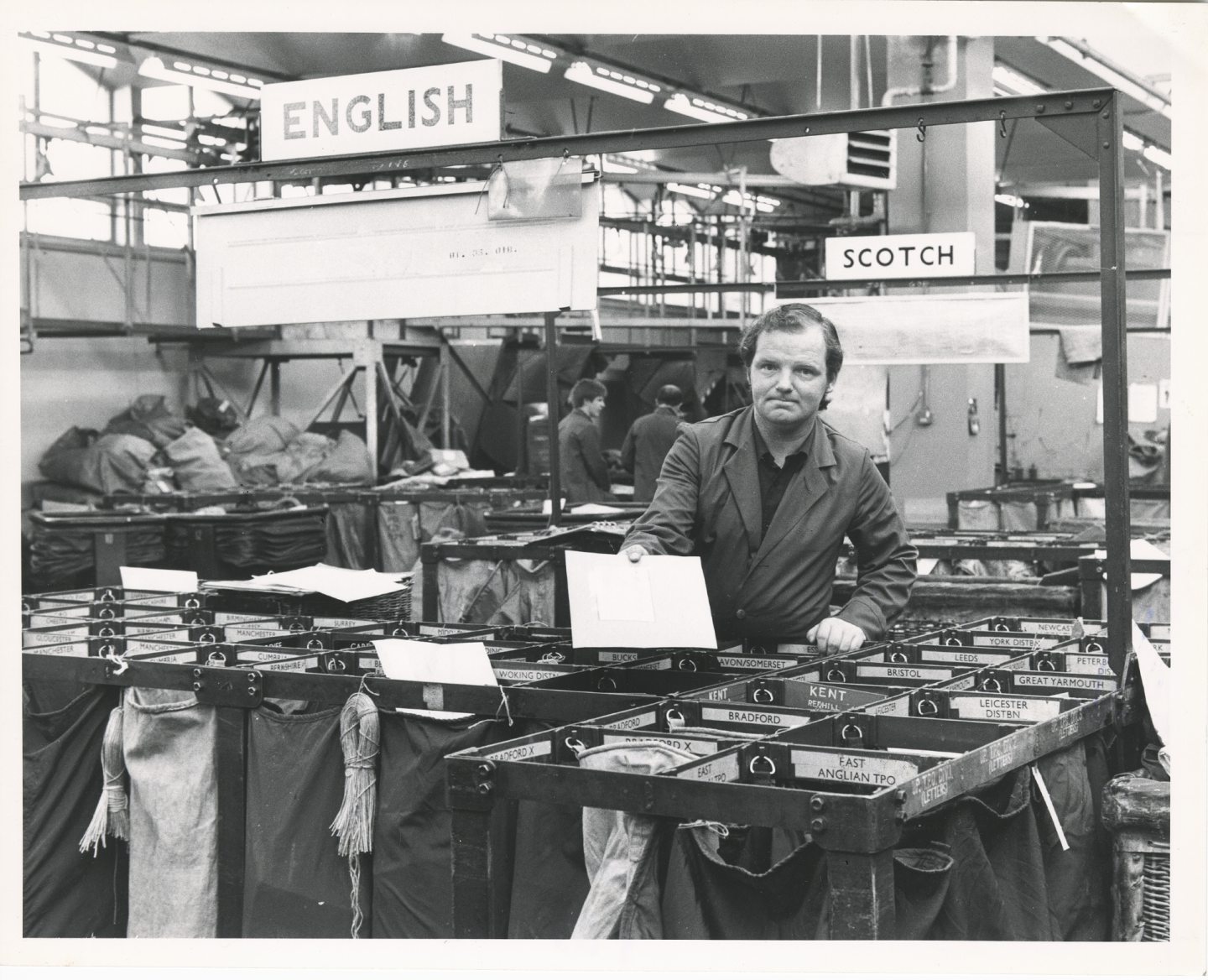
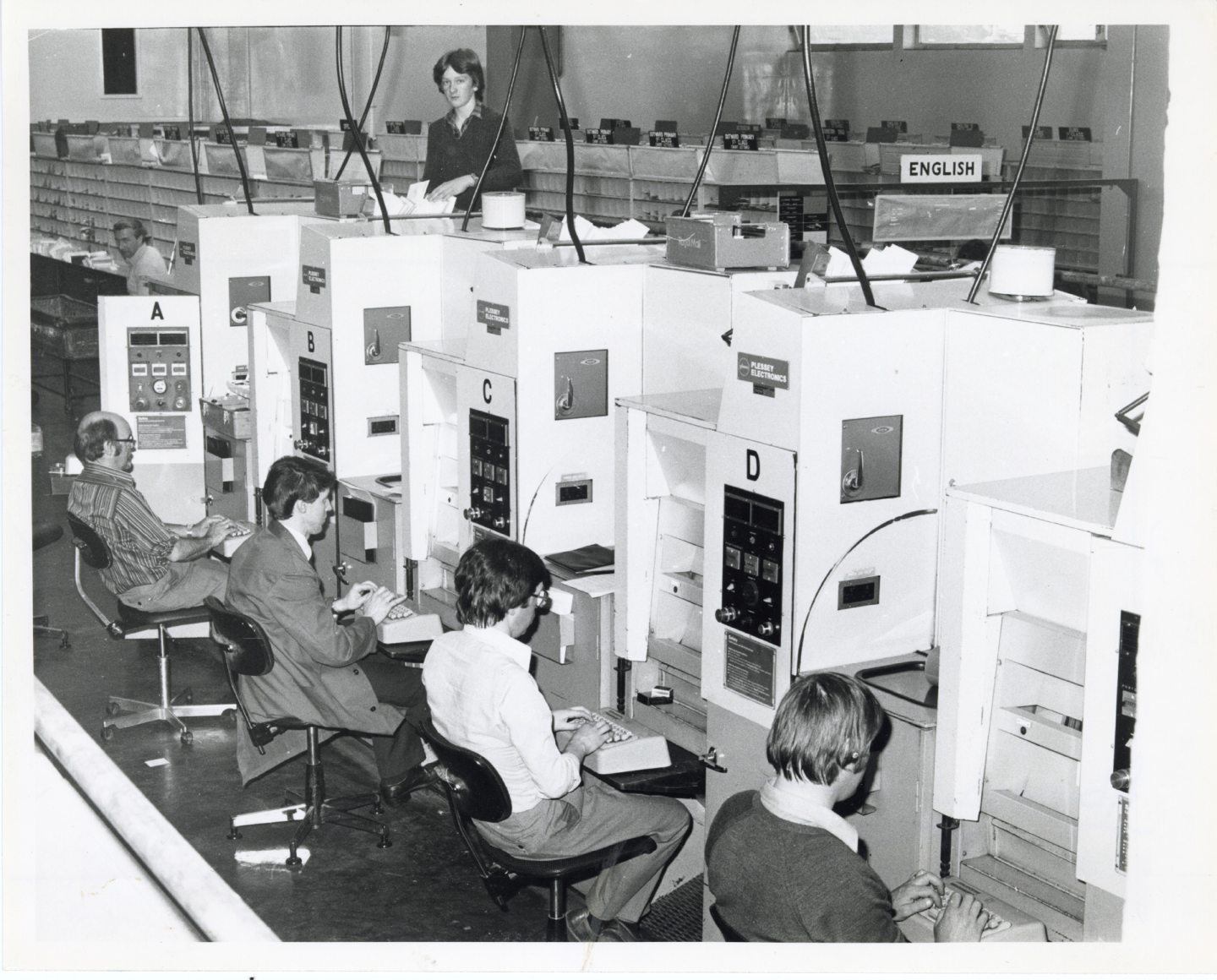

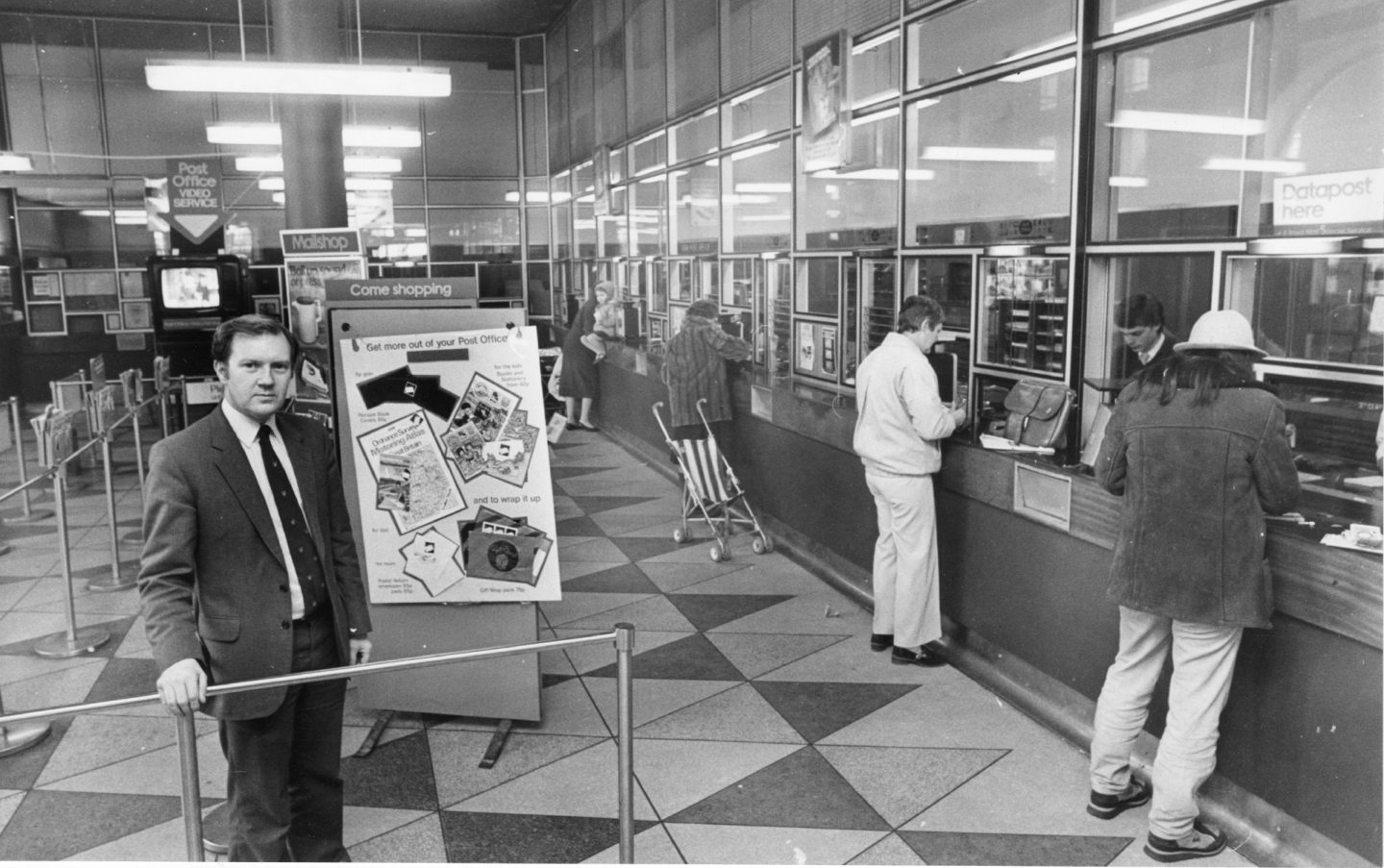
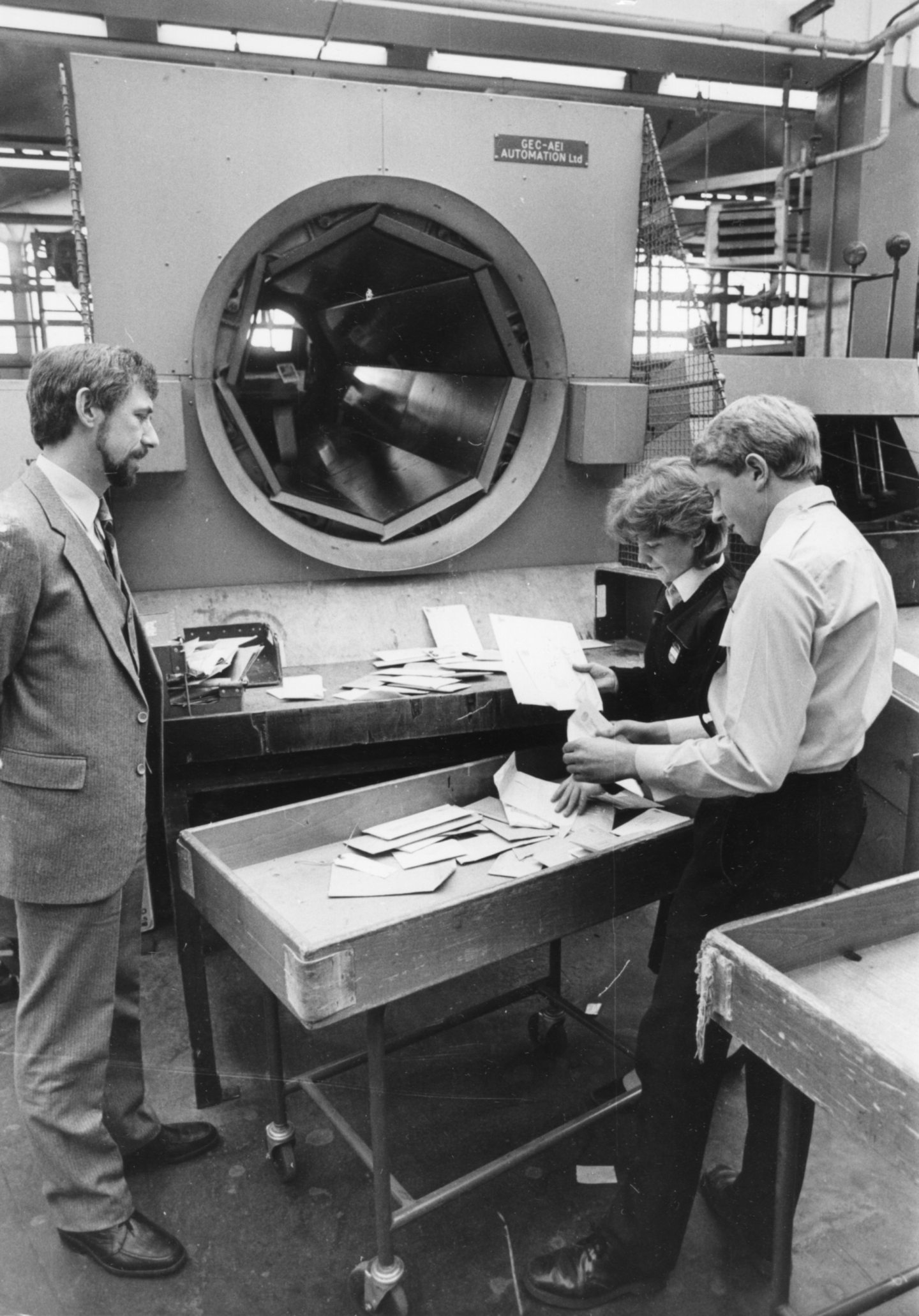
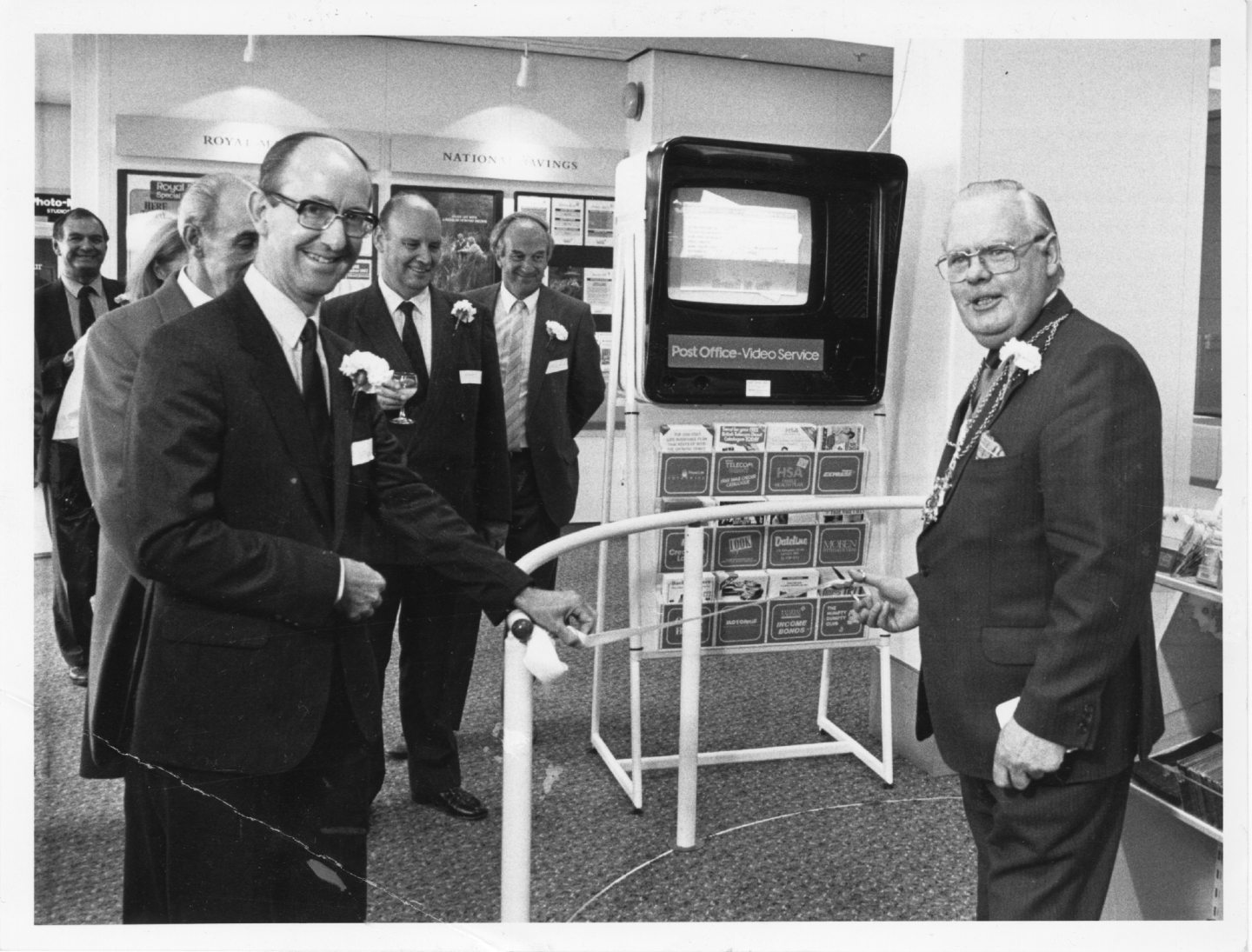
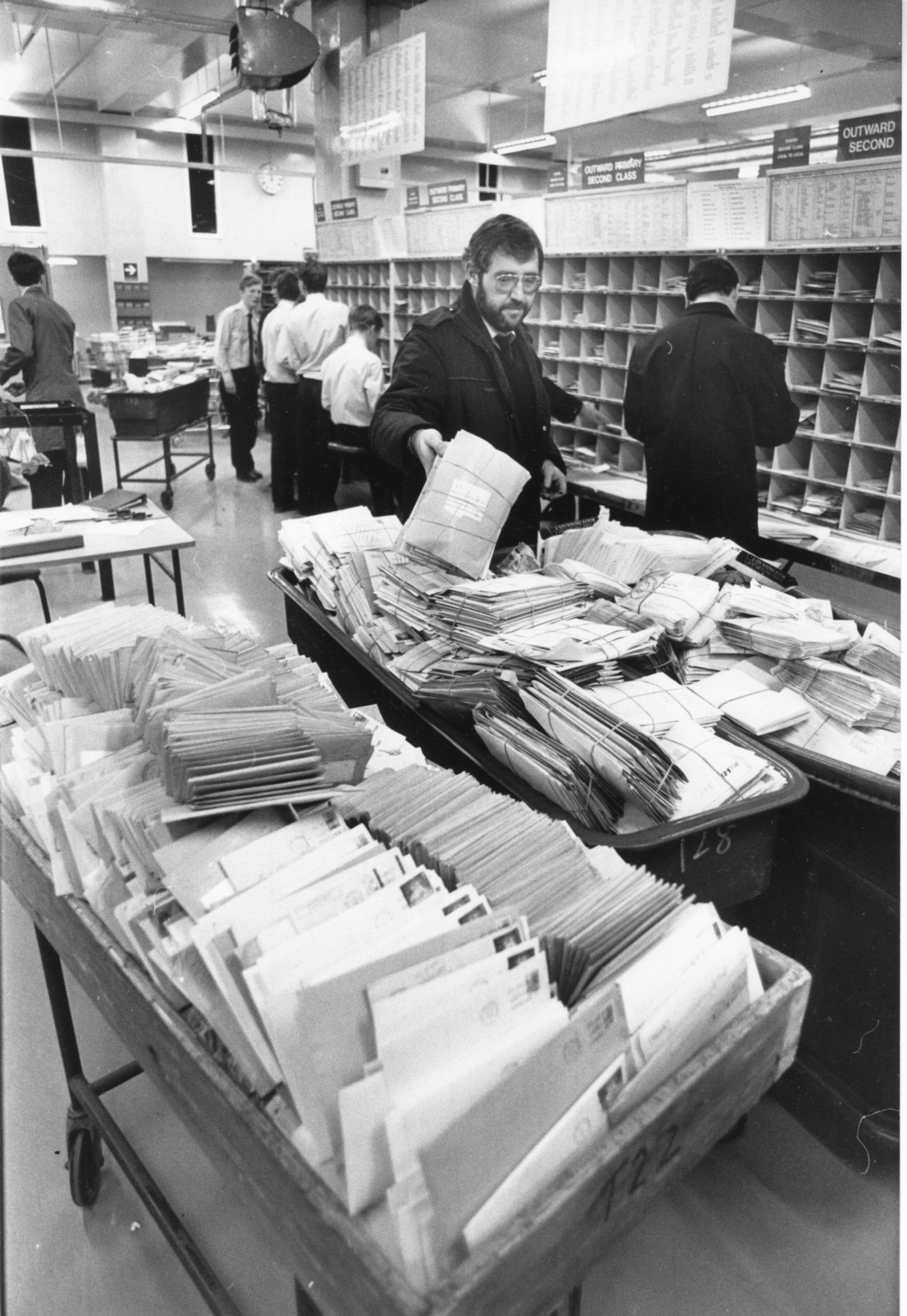
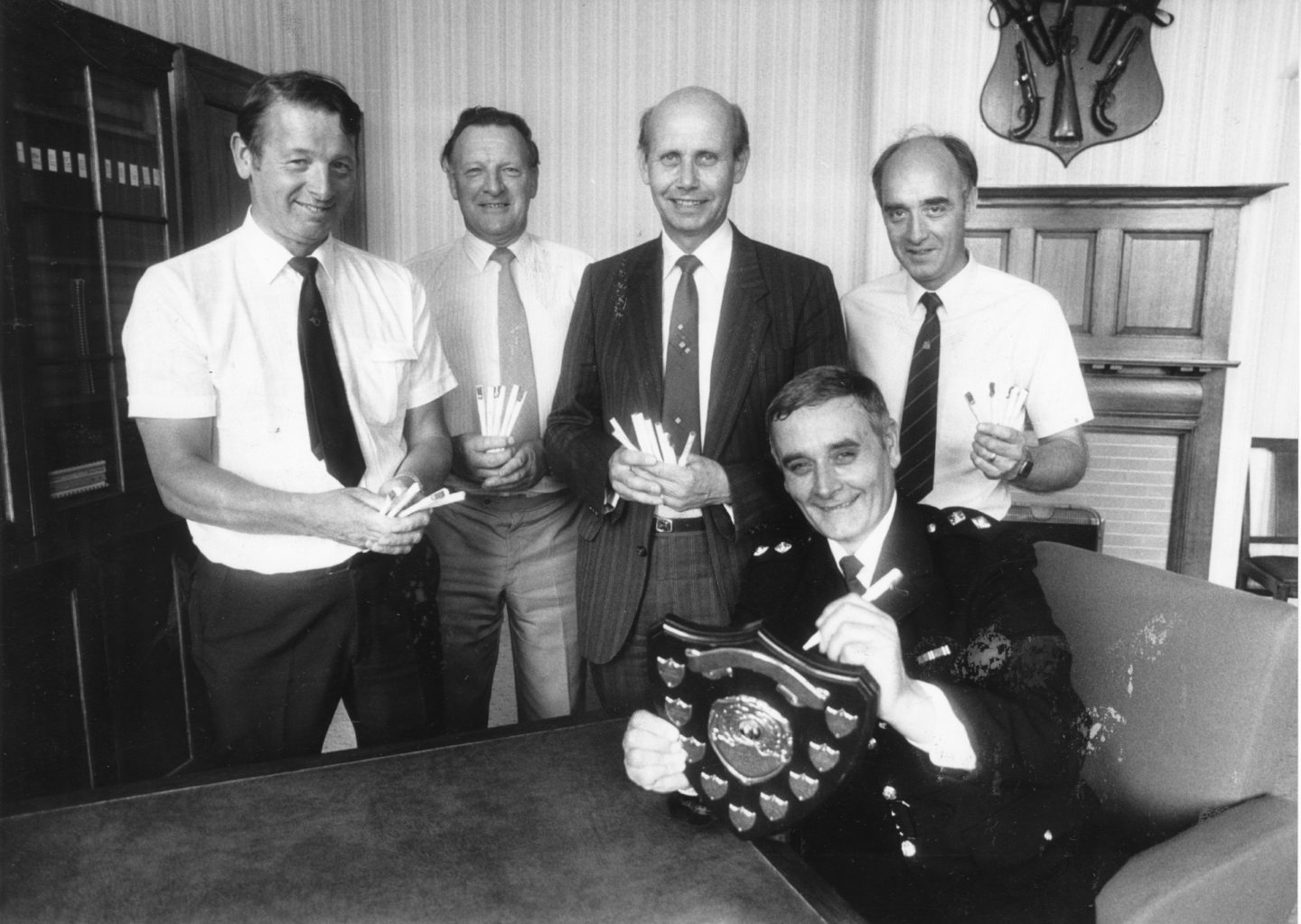
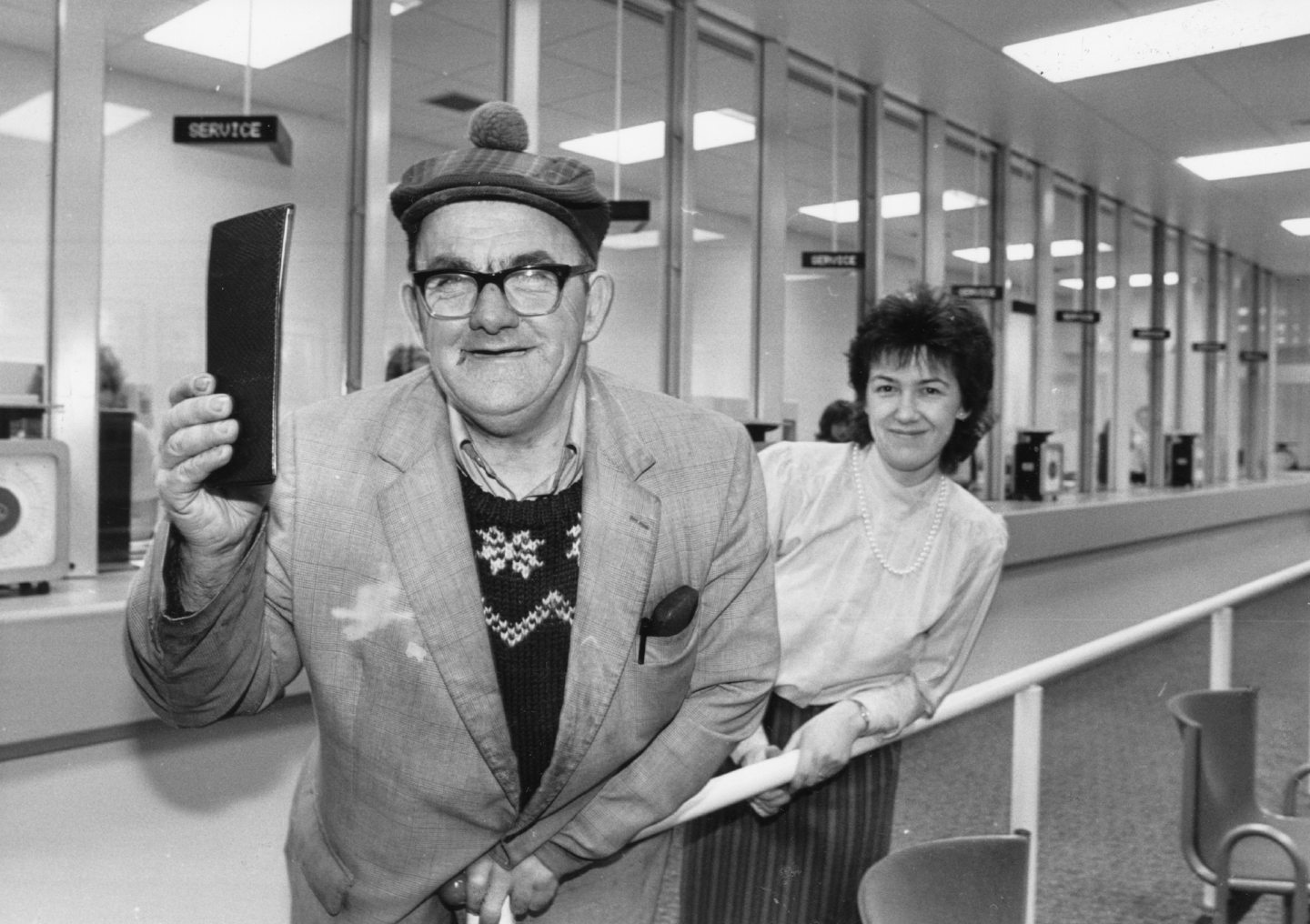
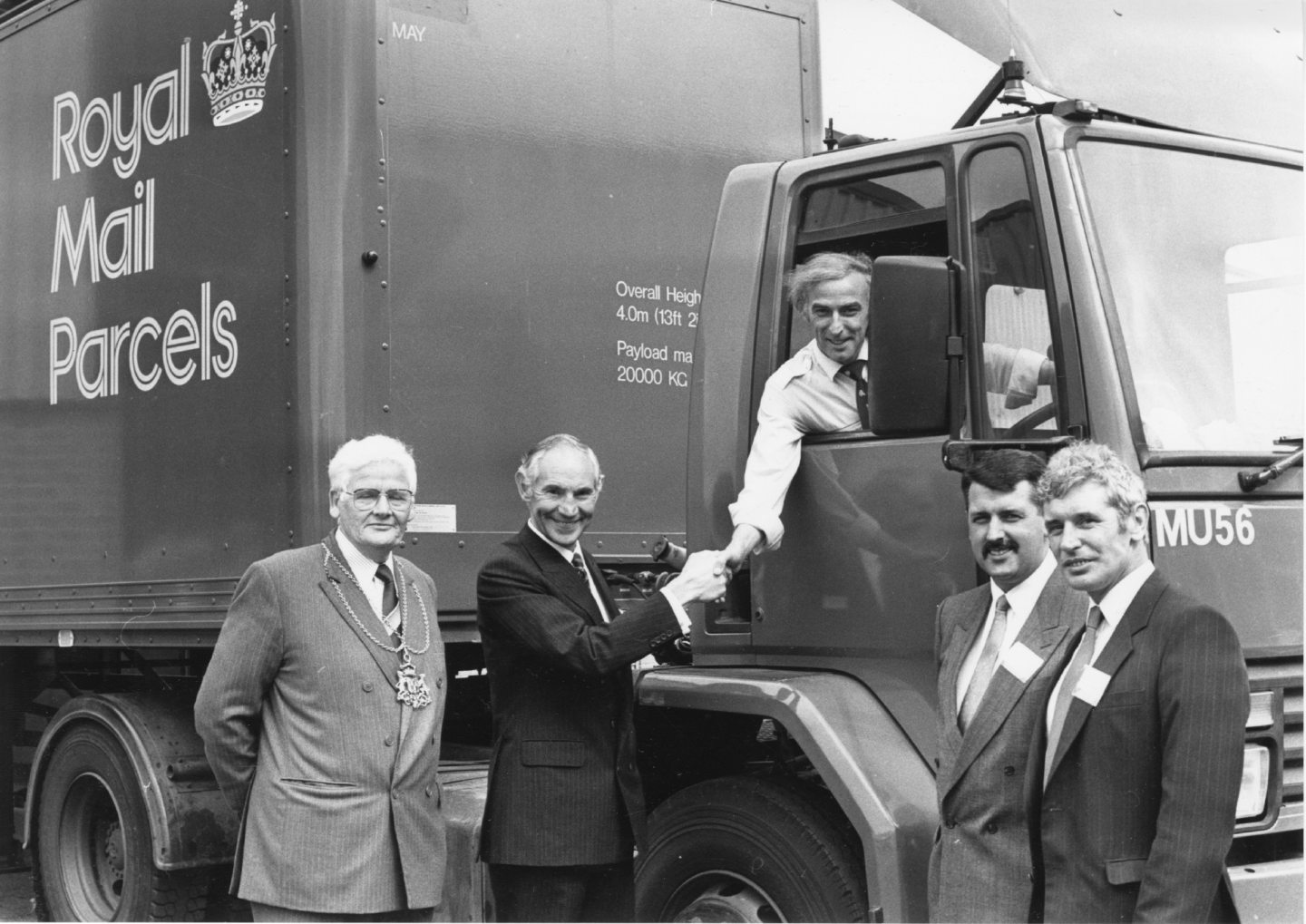


Conversation